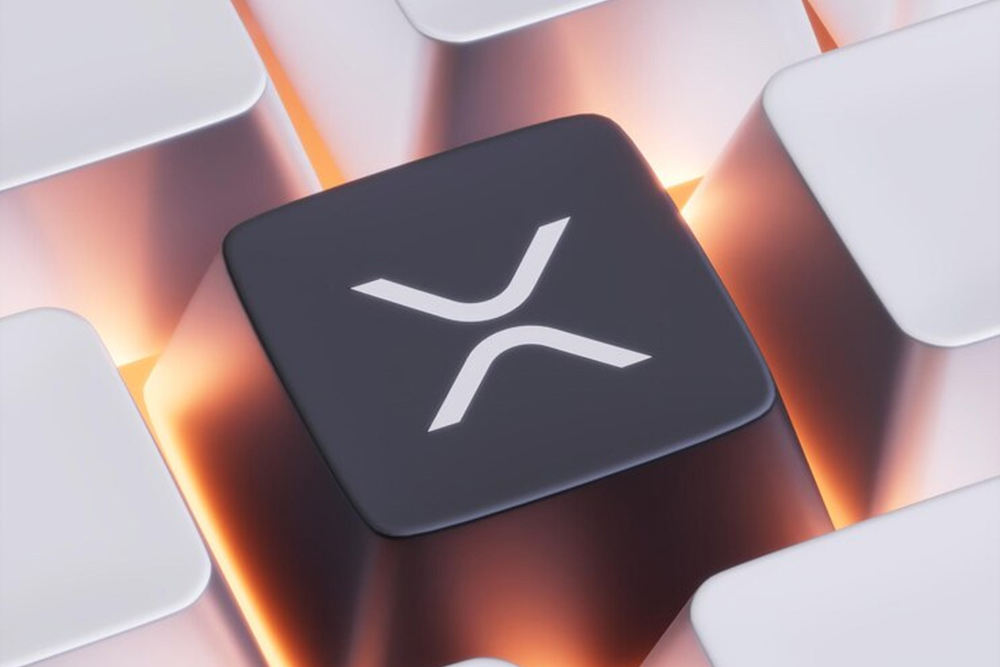Introduction
The ever-evolving world of cryptocurrencies has recently witnessed a series of outflows in investment products, amounting to $59 million. However, this marks the fourth consecutive week of such declines, bringing the cumulative outflows to $294 million. However, amidst this challenging landscape, XRP-focused investment products have emerged as a surprising outlier, drawing in $700,000 in inflows. In this article, we explore the reasons behind this phenomenon and the factors that have bolstered XRP’s resilience in the face of cryptocurrency market fluctuations.
The Outflow Trend
CoinShares, a prominent player in the cryptocurrency market, has reported these intriguing figures in its latest Digital Asset Fund Flows Weekly report. The $294 million in outflows represent a modest 0.9% of the total assets under management of digital asset investment products. Interestingly, the past week witnessed primarily inflows in short investment products and XRP-related assets.
Bitcoin and Ethereum, the two most renowned cryptocurrencies by market capitalization, have not been immune to the outflow trend. Bitcoin investment products experienced outflows of $68.9 million, while Ethereum products observed $4.8 million flowing out. So far this year, Bitcoin-focused products have seen $200 million in inflows, while Ethereum-focused ones faced $108 million in outflows. Investment products involving multiple digital assets saw $800,000 in outflows last week and $31 million year-to-date.
XRP’s Resilience
XRP’s standout performance amid the outflows can be attributed to several key factors. One significant catalyst was a favourable legal ruling by Judge Analisa Torres in a case brought by the SEC against XRP. The judge’s distinction between sales to institutional investors and those on exchanges, highlighting that XRP may not necessarily be deemed a security, injected much-needed confidence into institutional investors.
This legal victory led to several major cryptocurrency exchanges, including Coinbase, Kraken, and Gemini, relisting XRP, significantly increasing its liquidity and accessibility to traders and investors. These developments have undoubtedly played a pivotal role in the resurgence of XRP.
Furthermore, the XRP Ledger, the underlying blockchain platform for XRP, is poised for significant improvements. Transaction throughput is expected to surge from its current rate of around 1,500 transactions per second to an impressive 3,400 transactions per second. These upgrades promise to make the XRP Ledger even more efficient and scalable, potentially attracting more users and investors.
The XLS-30d Amendment is another eagerly anticipated development. Further, this is set to introduce a built-in automated market maker (AMM) trading platform into the XRP Ledger. AMMs enable cryptocurrency trading permission less using liquidity pools instead of traditional order books. Liquidity pools consist of two or more tokens supplied by users and are used for trades. Blockchain oracles determine the pricing of tokens within these pools.
Investors who contribute tokens to liquidity pools are positioned to receive a portion of the fees generated from each trade. However, it’s important to note that this revenue comes with the risk of impermanent loss. Also, it is a potential downside that investors must consider.
Conclusion
In a period marked by cryptocurrency outflows, XRP investment products have emerged as a resilient and attractive option for investors. A favourable legal ruling, relisting on significant exchanges, and promising blockchain upgrades have contributed to XRP defying the broader market trend. As the cryptocurrency landscape continues to evolve, XRP’s unique features and ongoing developments position it as a cryptocurrency investment option worth monitoring in the coming months.

